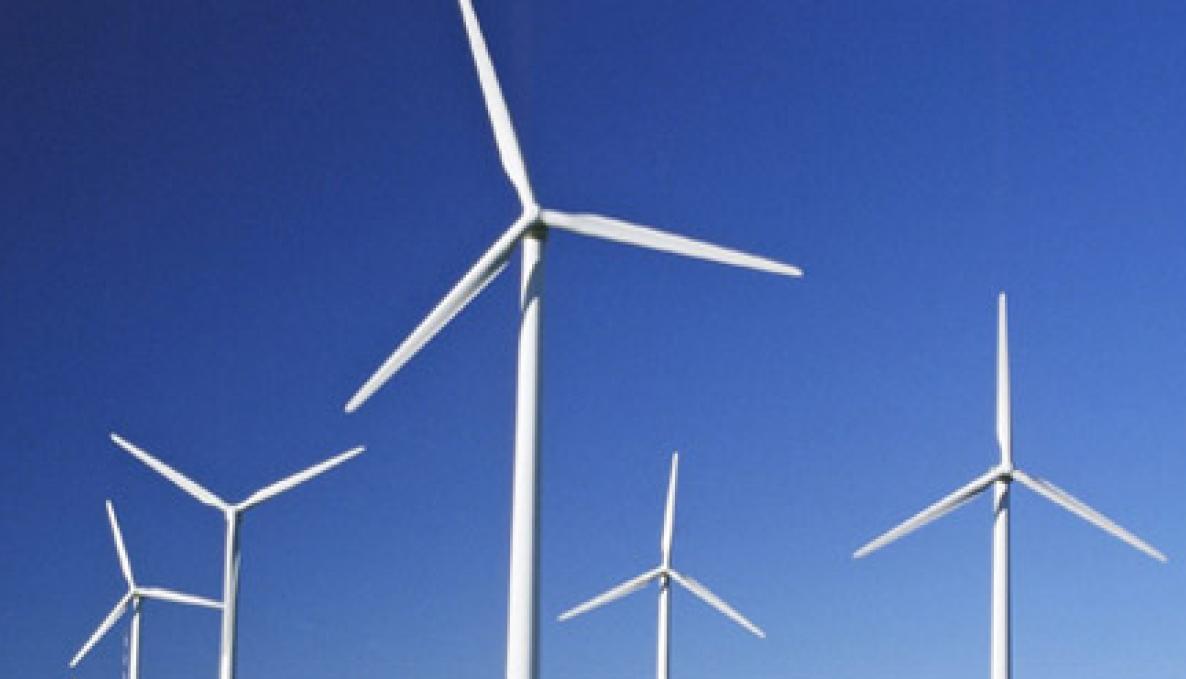PROJECT AEOLUS AND CUMULUS CLOUDS TO OBTAIN WIND ENERGY WITH ZERO IMPACT ON THE ENVIRONMENT AND PEOPLE

Whirlwinds are common phenomena of a rotating column of air when high-speed trains are moving or while cars are moving along a motorway. Researchers are proposing new models for generating clean energy by harnessing these air masses in motion. The project AEOLUS - EOLO for “micro-Aeolian” energy (“Sistemi Innovativi Per La Captazione E Lo Sfruttamento Dell’energia Mini-Eolica In Differenti Contesti Ambientali Antropizzati: efficienza, sostenibilità e rivalorizzazione territoriale”) will focus on a new approach to harvest wind power. A Consortium connecting research centres, businesses and universities including TECHA company (TEcnologie e prodotti per la CHimica Applicata), the Institute of Biorobotics and the TeCIP Institute at Sant’Anna School , the Centro di Micro-BioRobotica at the Italian Institute of Technology (IIT), the P&I company (Servizi e Ingegneria per l’ambiente), ACTA company and AMI costruzioni Meccaniche company, has received the FAR-FAS initiative funds by Tuscany Region authority to maximize the capture of large air masses found in nature, in moving trains or cars.
“The AEOLUS project shows a promising technology for measuring low altitude wind power and generating renewable energy via regional mapping, micro-siting and optimization” – said Antonio Cecchi, CEO of Techa, as the project manager and the Consortium supervisor.
The AEOLUS project provides valuable opportunities for harnessing low altitude wind power, in addition to conserving and enhancing the so-called non-urban areas such as roundabouts, lay-bys and passing places, which will be informed by the local characteristics, topography, and setting. Wind power is captured by biocompatible polymer systems with a good energy storage capability and zero impact. Sant’Anna School and IIT researchers will design tailored systems that increase reliability and energy output at lower altitude.
“Sant’Anna School researchers and industry experts will work together to prove the efficiency of the system to harness wind power in a sustainable manner at a feasible site”, said the Rector Pierdomenico Perata.
In the AEOLUS project, researchers will investigate efficiency, power density and the performance of innovative systems that are designed for low wind speeds. Tests will be performed at San Giuliano Terme as a “Smart City” supporting a wide range of solutions aiming at improving sustainability of towns and quality of life of citizens.
“In order to explore and validate the deployment of the AEOLUS system, San Giuliano Terme Town Council authority is happy to provide a testbed. Several research teams and companies’ representatives will develop new solutions delivering reliable and high-capacity systems”, said Councillor Daniela Vanni. Wind energy is one of the safest technologies around and has zero risk compared to other power generation facilities. Sites have been chosen to eliminate adverse impacts and provide the best testbed available. Available evidence suggests that application of new systems will make wind an even greener energy source to balance electricity supply and demand”.
“We are proud to make a valuable contribution towards San Giuliano Terme and the renewable energy targets”, said the Mayor Sergio Di Maio. “Experts are now conducting research to learn more about new systems to harvest wind power by installing innovative devices. Wind energy is one of the frontrunners of the technological breakthroughs that might lead to a more sustainable future for our children. On March 15, children marched for change in the first global climate strike. They asked for a brighter future and demanded the politicians urgently address the climate emergency. Our support in the AEOLUS project, after performing research and finding areas that have adequate potential for increased electricity generation, can possibly have the answers to every question”.



